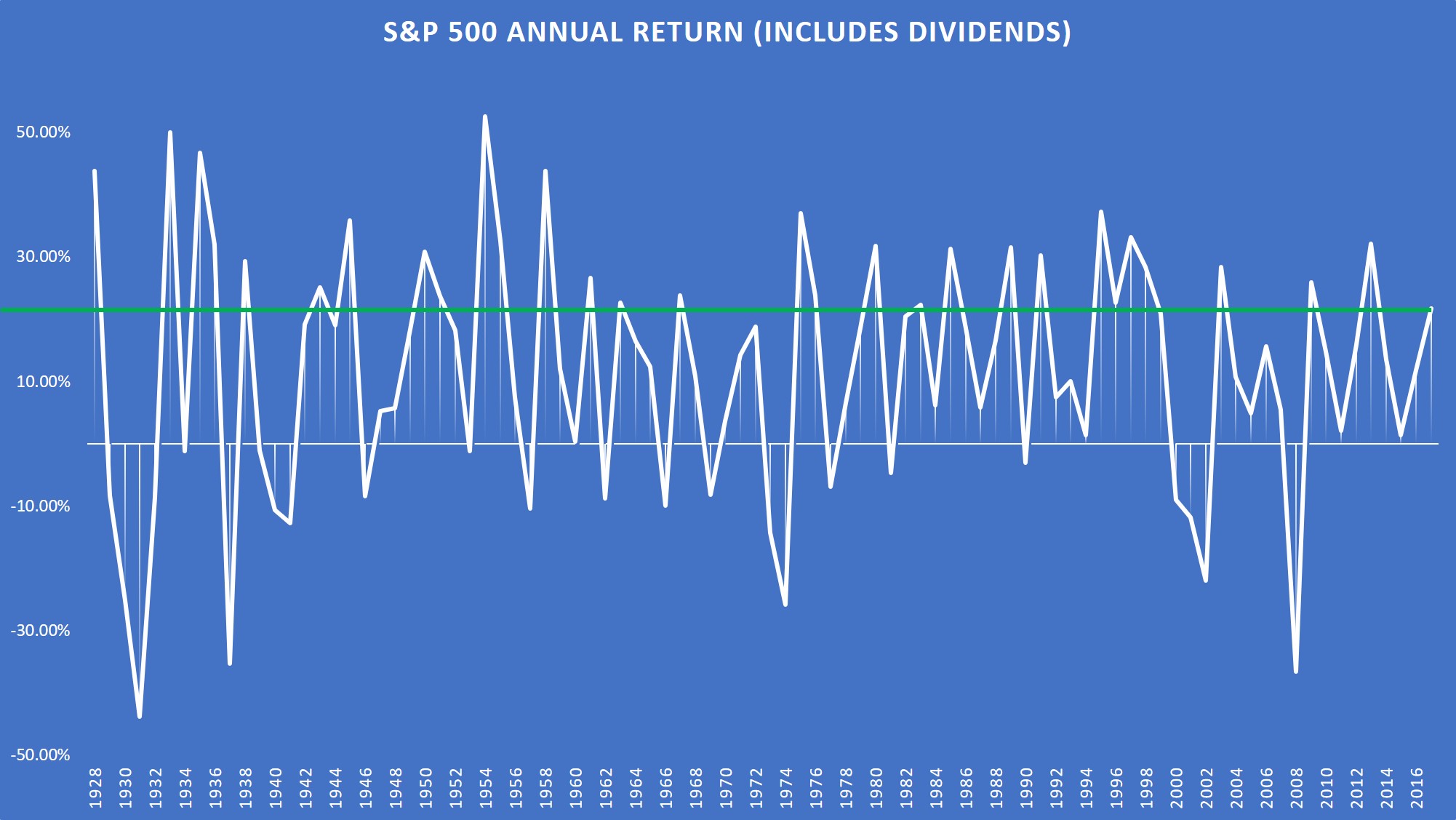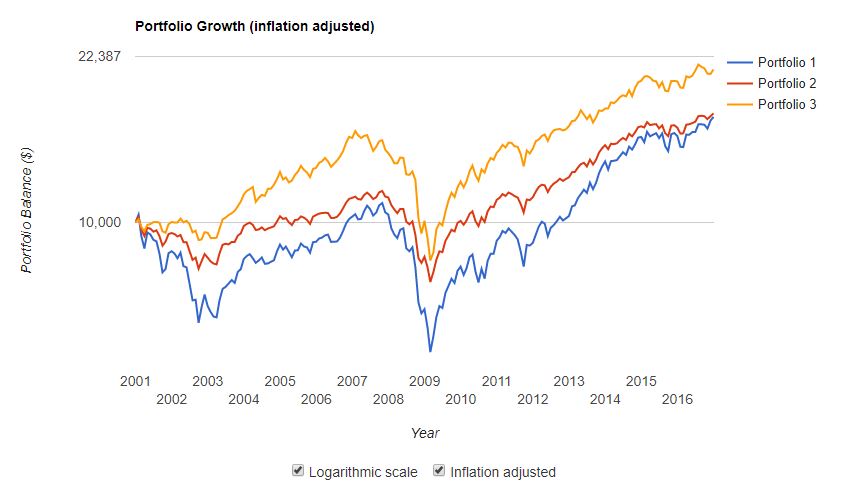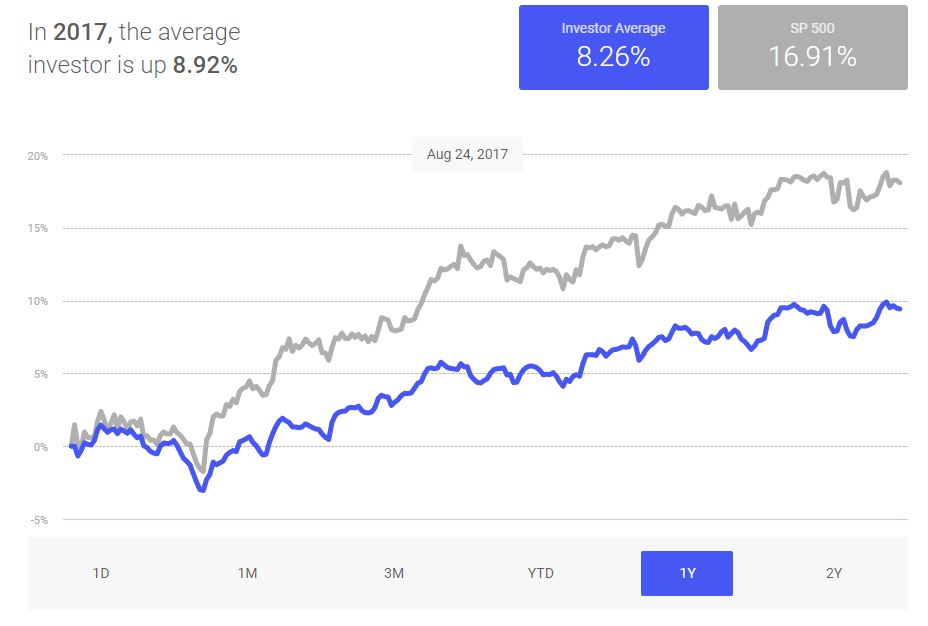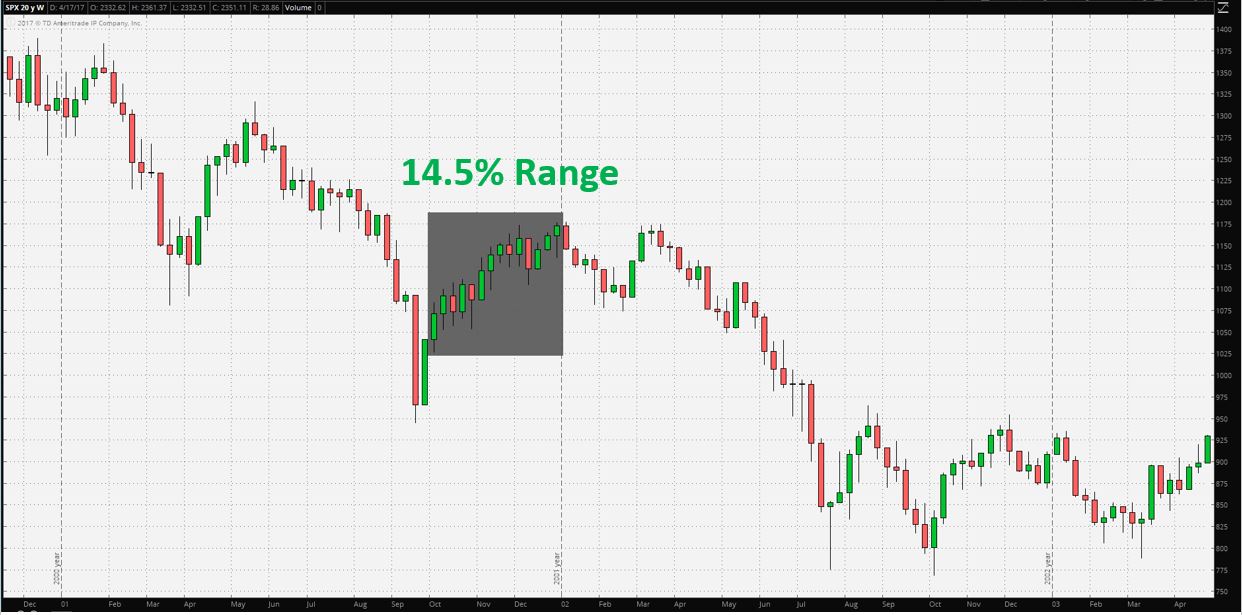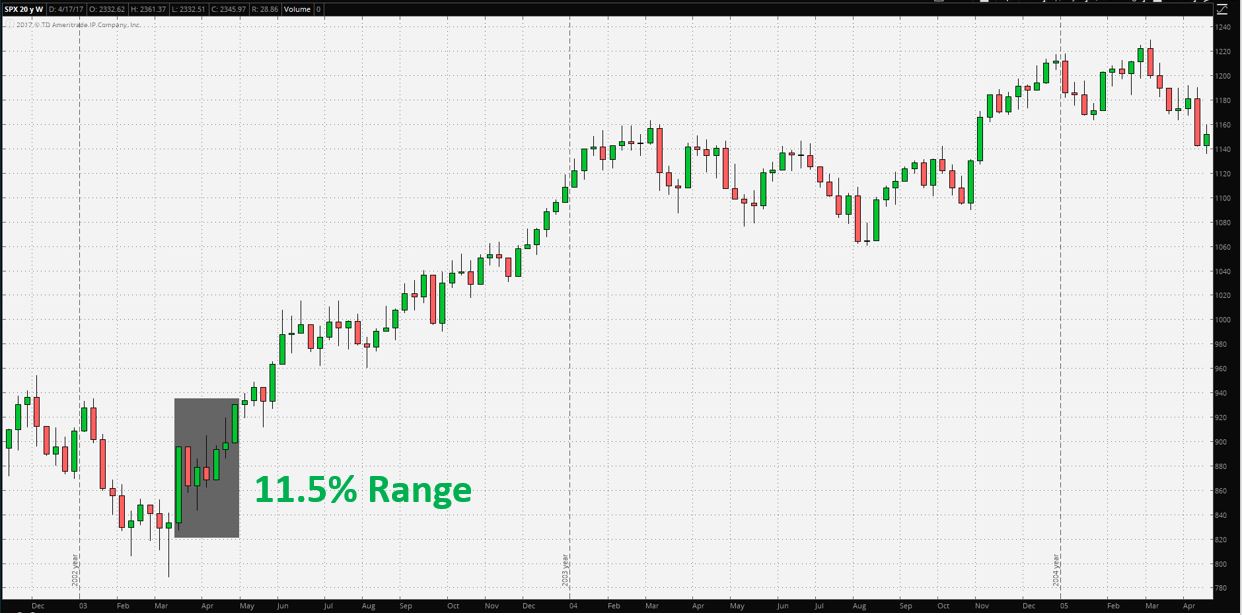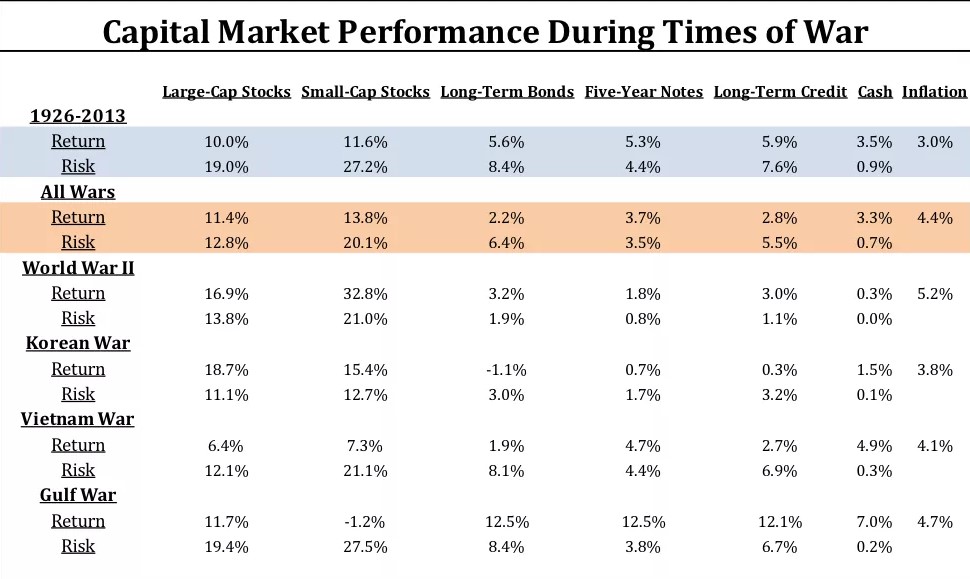Let’s get to the ugly truth. Since inception (July 2014), my passive portfolio is up only 2.18%, 19 times less than the market return during the period. For 2017, the portfolio returned only 3.82%, 6 times less than the market return. Um….um….um, let me try to justify the low returns.
My peers and people jealous of me would be laughing like this:
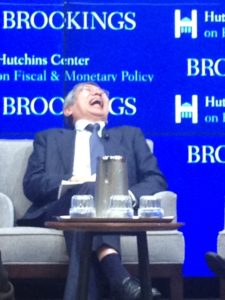
2014-2015
When I opened the account in the summer of 2014, TD Ameritrade gave me 2 months to trade for free. So during that time, I wanted to fill the account with stocks. The only problem was I did not know which stocks to buy. At the same time, I did not know how to research potential investments.
Mostly guided by “expert” recommendations and positive headlines, I bought some stocks which destroyed my portfolio, including Ford (F), J.C.Penny (JCP), Cisco (CSCO), General Electric (GE), and General Motors (GM). In 2015, I still did not know which stocks to buy. I wanted to do my own research. I decided to research all the stocks that were bought the previous year.
From my research, I found CSCO, GE, and JCP attractive. So I decided to keep them in the portfolio. I even wrote about CSCO and GE on the blog. I did not write on JCP as I was not profoundly convinced. Funny thing is I have never shopped at JCP, just at its competitors. Even my mother did not like J.C. Penny.
I did not like F, yet I decided to keep F in the port because it was not worth getting rid of them at $10 commissions. For GM, I was on the fence. In addition to these names, I decided to research new names and bought some of them. 70% of my portfolio was in cash in January of 2015. In December, it was 42%.
The new stocks I bought in 2015 were non-dividend yielding risky names, such as Bellatrix Exploration (BXE), Twitter (TWTR), and GoPro (GPRO). All of which did not work out well to this day. BXE, because I tried to find a good energy company at the time every energy companies were distressed. I’m very active on Twitter and use GoPro most of the time. So I wanted to invest in them. At that time, I thought Twitter would get acquired, and GoPro management would start to turn things around, and the Karma Drone would be positive for the company’s financials.
2016-2017
In 2016, I continued to research new stocks. However, I did not invest in any of them. I deposited more money into the account during that year. At the end of 2016, 82% of the portfolio was in cash.
I always found real estate interesting. Used to read about them. My interest in the real estate market skyrocketed after my first ever internship, at a small real estate firm. In January of 2017, I decided to buy WPC, a Real Estate Investment Trust (REIT). During the year, I also bought Verizon (VZ). I did not want the remaining cash in the port to sit idle. So I decided to purchase free commission based short-term bond funds, very stable dividend yielding cash parking (and one high-yield ETF). At the end of 2017, 17% of the port was in cash.
Over the past month, I have been researching consumer goods companies. I’m looking to add one to the port. When I do, I will be sure to write about it.
10 Equities
I’m currently holding 10 companies; CSCO, GE, GM, BXE, WPC, JCP, F, TWTR, GPRO, and VZ.
All shares of 10 different companies belong to 1 class: domestic equity. 62% are in large cap., and 38% are in mid-cap.
On February 16, 2015, I recommended going long Microsoft (NASDAQ: MSFT) when the share price was $43.95. Since then, it is up 101%*. I made a mistake of not buying when I wrote about it. “Put your money where your mouth is, Khojinur.”
On April 12, 2015, I recommended going long General Electric (NYSE: GE). Since then, GE is down 33%*. Dividends are automatically invested in new shares. Average price I paid for the shares is $26. I’m down 29%. Despite the 50% dividend cut recently, I’m staying with the stock for two reasons. The cost-cutting will be the best bet for us the shareholders. The $7 commission fee won’t be worth it, especially since the stock was bought in 2015 when I had less money. If I can open second Robinhood account, I’ll transfer from Ameritrade to the free-commission based brokerage.
In the summer of 2015, I wrote about CSCO (part 1, part 2 AND 4Q FY’15 earnings report). Since the first article, the networking giant is up 44%*. Average price I paid for the shares is $25.11. I’m currently up 57%.
On November 21, 2015, I wrote my first article on LLY and believed it was overvalued (it still is). Since then, the pharmaceutical company is up a mere 1.25%*. The second article on LLY was posted a year after the first article. I personally am not short the stock as I cannot short.
On December 26, 2015, I recommended going long GoPro (NASDAQ: GPRO) and believed it was a buy. Since then, the action camera maker and I are down whopping 59%.
On May 2, 2016, I recommended holding FireEye (NASDAQ: FEYE). Since then, the cybersecurity firm is down 15%.
On January 20, 2017, I recommended going long W.P. Carey (NYSE: WPC). Since then, the REIT is up 11%*. Average price I paid for the shares is $61.44. I’m currently up 10%.
On May 9, 2017, I recommended going long Verizon (NYSE: VZ). Since then, the telecom is up 46%*. Average price I paid for the shares is $46.05. I’m currently up 47%.
*dividends not calculated
Estimated the portfolio dividend yield is 2.48% (that is very similar to the 10-year yield), with largest being 6% and lowest 0%. I plan to increase the portfolio dividend yield by getting rid of non-dividend yielding stocks and/or buying dividend-yielding stocks. That will happen fast, if I can make second Robinhood account and transfer the portfolio to there.
When I started doing research in-depth and writing down my findings and thoughts, everything started to improve. Writing is powerful!
Every new trade and investment will first be announced on Twitter. Almost always!


